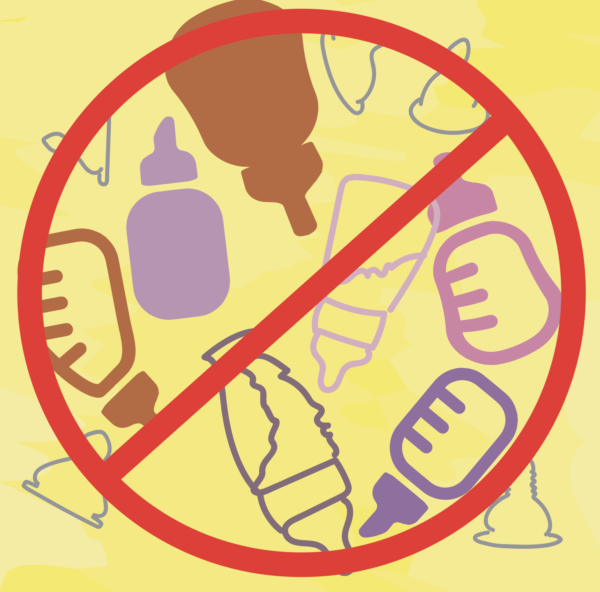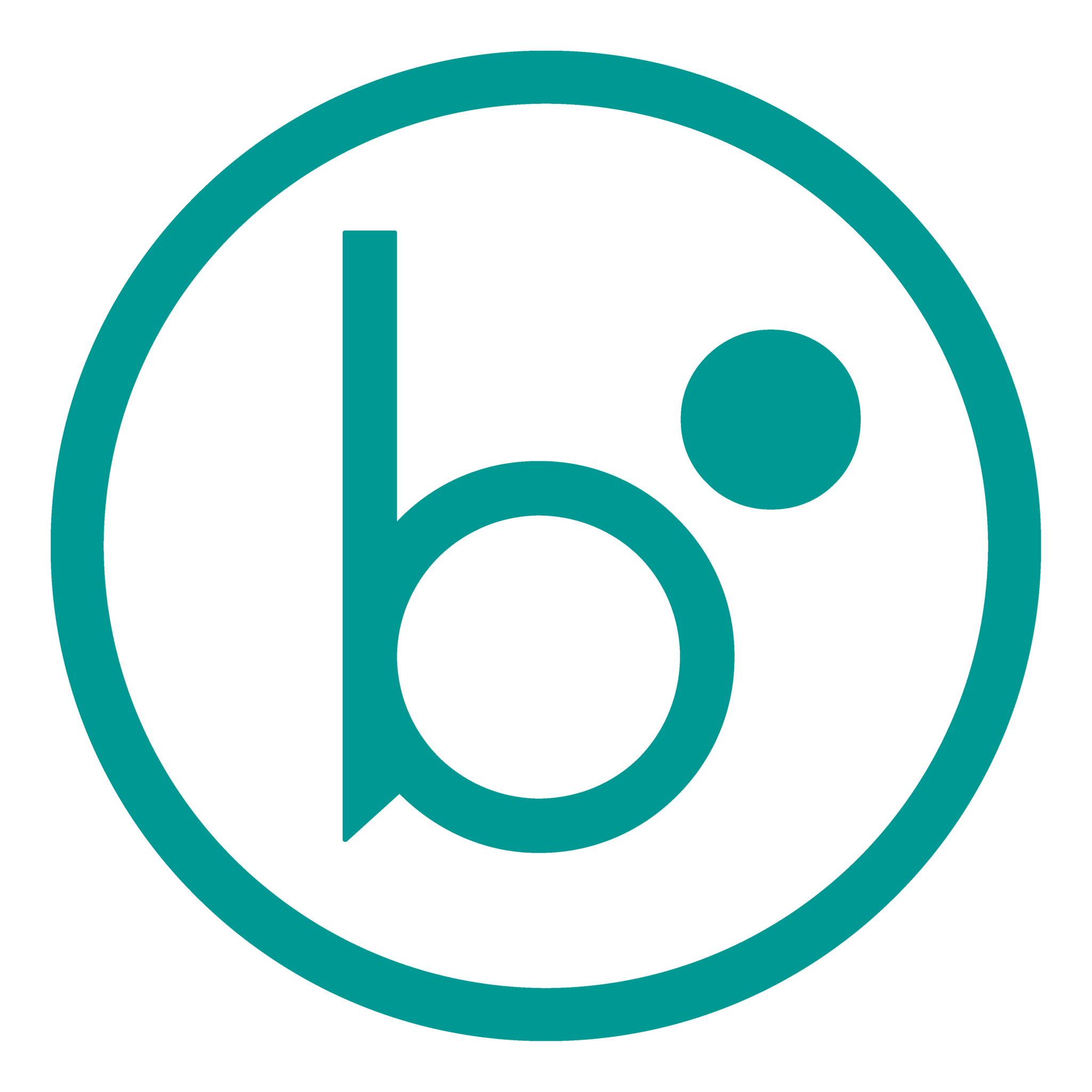
“Nipple confusion” is a colloquial term for premature and unintended breastfeeding weaning. Typically, if an exclusively breastfed baby supplements feeding with bottles, most likely, the baby will reject the breast. The phenomenon happens because baby bottles work very differently than breastfeeding. The three main differences are shallow latch, easy-feeding, and compression-feeding. The combination of these detriments is collectively named “nipple confusion” or “bottle preference.” Let’s look at how these differences can permanently disrupt breastfeeding due to nipple confusion.
Nipple confusion caused by shallow latch
A shallow latch is an incorrect way to latch on a breast resulting in painful feeding sessions for the mother. Breastfeeding takes effort from moms and babies. Babies have to learn how to latch properly on the breast. A good latch requires babies to open their mouths wide to grab as much of the areola as possible. Then, create a seal. Last, apply suction to transfer milk.
Artificial nipples from traditional baby bottles are narrow and about 2+ inches long. This forces infants to close their mouths to get a hold of the narrow nipple. Similar to when we drink from a straw. When an exclusively breastfed baby tries a wide latch, the unnatural long shape goes too far into his mouth, causing him to gag and forcing him to create the shallow latch. As a result, the baby’s latch is changed from wide to shallow and no longer works when breastfeeding.
Easy feeding from bottles cause nipple confusion
Easy-feeding or “lazy feeding” is the effortless way of feeding with dripping baby bottles. Gravity-based feeding provides food without applying suction and when the baby creates suction, the milk flows freely. Baby bottles use gravity to dispense a constant milk flow; this is why one has to invert or tilt the bottle to feed a baby. Because of gravity, they administer a specific milk flow (usually restricted by “nipple stages” ranging from 0-4). This constant milk flow happens regardless of suction. Meaning babies do not have to create suction to get milk, unlike the breast. How do you know if you have a “drippy baby bottle”? anything that requires gravity to dispense.
After bottle-feeding my exclusively breastfed son the first time, I clearly remember he did not even try to latch on the breast the next time I tried to breastfeed. He simply opened his mouth and waited for the food to start flowing. It appeared as if he flat out refused to make any efforts to get milk of the breast. This led to crying due to hunger, and I had to make him a bottle so he could feed. He had effectively experienced nipple confusion!
Feeding with compression instead of suction
Compression feeding is when the baby chews the artificial nipples instead of creating suction to feed. In addition to the constant milk flow, babies can get even more milk faster if they compress or chew the nipple. This unnatural phenomenon can only be successful with artificial nipples. When babies chew on the mom’s nipple to get milk, it becomes excruciating for the mother. This typically leads to stopping the feeding, followed by a baby crying due to hunger.
How to fix nipple confusion
“Nipple confusion” is real and can happen very quickly. It may take one bottle feeding to abruptly and permanently disrupt breastfeeding. This is why the WHO code and the “baby friendly hospital initiative” banned the promotion of traditional baby bottles, artificial nipples, and breastmilk substitutes. Lactation consultants are thought to feed babies with a cup to prevent nipple confusion. New technologies such as Bare® Air–free provides opposite effects to traditional bottles, where babies can feed the same way they do while breastfeeding. This can help prevent and revert nipple confusion in babies. Last, delaying supplemental feeding is another way to prevent nipple confusion; however, this option could sometimes be impossible.
